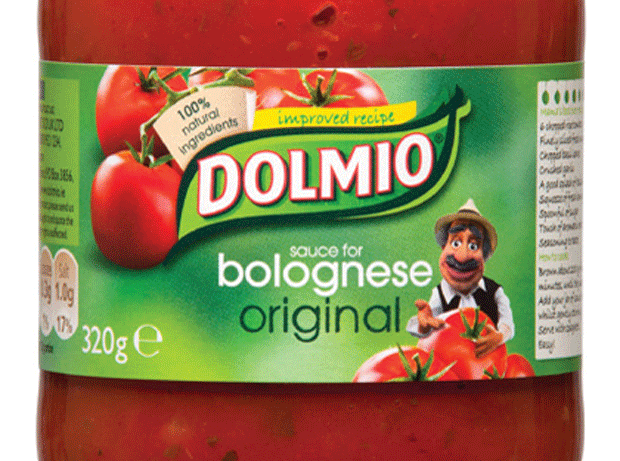
Telling consumers to eat fewer unhealthy products is nothing new. But when Mars applied this advice to its own products - labelling 10% of its cooking sauces unsuitable for daily consumption - the media went into frenzy.
‘Don’t eat our pasta sauce more than once a week,’ screamed the front page headline in the Daily Mail. With their eyes seemingly opened to the levels of sugar, salt and fat in Mars cooking sauces, other papers made exhaustive lists of competitor products that should also be confined to weekly use.
And it wasn’t just the tabloids that expressed surprise at Mars’ decision. The food industry also appeared baffled: a poll on The Grocer site this week showed 48% of readers feared the move could backfire and direct shoppers to rivals.
So is the labelling scheme commercial suicide, a pre-emptive strike against reformulation, or a canny move to highlight the relative merits of its sauces, health-wise, against rival brands and own label?
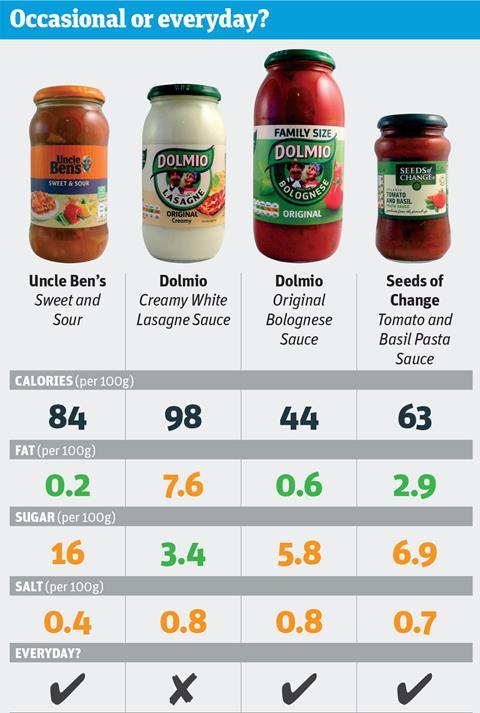
Unhealthy attention
It is undoubtedly a risky move for a company to encourage consumers to buy less. Mars faces a particular risk to its UK business: the as-yet-undecided form of labelling will brand 5% of its global portfolio as only suitable for occasional use, but 10% of its UK product range will be in the firing line. The products that meet the criteria (see box) for only occasional use include Dolmio Lasagne Meal Kits, Dolmio Lasagne Sauces, Dolmio Oven Bake Kits and Dolmio Pesto Sauce.
At first glance, the intervention has done little other than draw attention to the unhealthy nature of these products. The national press had a field day poring over the salt, sugar and fat content of pasta, Indian and oriental sauces across the market - leaving some of its rivals fuming.
The criteria
Mars has devised its own criteria for what constitutes an everyday or occasional food. It says full meals or main meal components should contribute to a maximum of 30% of daily intake of calories, fat, salt or sugar; this figure is reduced to 20% for light meals such as twin pots or soups.
The daily intakes are based on recommendation from the WHO, USDA and the EFSA. For example, Mars uses the WHO recommended daily sodium intake of 2,000mg as a reference point, and heeds its advice that added sugar should account for no more than 10% of total calories. (The DH threshold is lower at 5%.)
The Grocer has provided the traffic light label scores for salt, fat and sugar by way of reference.
“In some ways, it wasn’t a surprise for Mars to do this,” says one leading supplier source. The health agenda has been a “huge part of its ethos”, and it has been “leading the way” on reformulation and portion control.
But the source feels the focus on cooking sauces was a “bolt out of the blue”. “For months, the soft drinks industry has been the focus of the attacks from the health lobby and, of course, the sugar levy, and everyone thought the next big category at risk was confectionery,” she says. “For Mars to suddenly shine the spotlight on the cooking sauces category is very odd and there are a lot of people asking: what on earth they are playing at?”
Indeed, critics have widely questioned Mars’ decision to exclude its confectionery business from the labelling. Mars argues that consumers already understand these products are not for everyday consumption, but this is likely to be of little comfort to suppliers in the cooking sauce category. Not only have branded rivals such as Loyd Grossman, Sacla and Homepride suddenly found themselves under scrutiny, but the move also has embarrassed supermarket customers and their own-label providers.
“This has gone down like an absolute lead balloon,” says one supermarket consultant. “Not only has it suddenly put the focus on a whole different sector, but there are some pretty stark figures of the amount of calories in some of these products, which it’s not going to take long for the health lobby to get their teeth into.”

Dodging regulation?
What’s more, far from welcoming Mars’ move, healthy eating campaigners have branded it a cynical ploy to steer away from regulatory intervention.
“Mars’ commitments contain the usual weaknesses of a voluntary approach”, says Malcolm Clark, co-ordinator of the Children’s Food Campaign. There are “few quantifiable targets” and “seemingly no connection” with Public Health England’s new Eatwell Guidance, which calls for consumers to cut out products such as soft drinks, crisps and confectionery.
Clark adds that reformulation is only suggested for certain products; a decision Mars says was driven by consumer wishes to keep the “authentic nature” of some formulas. Clark also criticises the “gaping hole where the government’s obesity strategy should be”.
“Mars’ commitments contain the usual weaknesses of a voluntary approach”
Malcolm Clark, Children’s Food Campaign
Anna Taylor, executive director of the Food Foundation, is more positive. She brands the move “a bold step in the right direction”.
“It will help us navigate our all-too-confusing shopping experience and make it easier for us to eat more healthily,” she says. But Taylor wants Mars to go further and apply the system to confectionery. And ultimately, she echoes Clark’s argument that it is no substitute for regulation and would like to see mandatory reformulation targets introduced.
Message on a bottle
There is also the question of whether the message will get through to consumers. Mars was one of only a handful of suppliers to support the hybrid front-of-pack GDA/traffic lights system in 2013, which was hailed by the government as a breakthrough in the healthy eating drive.
But a leading source says there is “a lot of evidence” emerging that even the hybrid labelling system doesn’t work. “It seems the only people who use the labels are the ones who are already pretty healthy.”
The Be Treatwise label on the front of pack on confectionery tells a similar story. Critics argue that the label, which urges consumers to think about how treats fit in with their calorie requirements, has made little impact in the 10 years of its existence.
“It seems the only people who use the labels are the ones who are already pretty healthy”
That calls into question how Mars’ own system will cut through - the look of the label has yet to be decided, but is likely to take a non-verbal form such as a tick. “It’s going to be very interesting to see what Mars comes up with and if it’s any more effective,” the source says.
In Mars’ defence, it is not seeking to replace existing front-of-pack labelling, but to add to it. “We have signed up to colour-coded nutritional labelling in the UK and the Healthy Stars initiative in Australia, and we continue to use front-of-pack GDA labelling in the US,” says a spokesman.
“Our guidance on pack regarding the frequency of consumption of ‘occasional’ meals will be in addition to these nutrition labels.”
Whether this message will prove worth the media scrutiny and industry backlash remains to be seen. But at present, Mars seems to have made few friends among either health lobbyists or the trade.







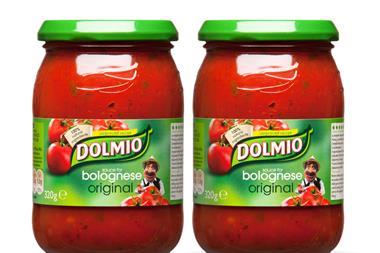
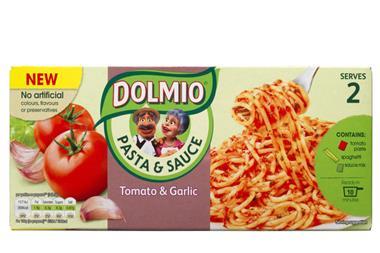
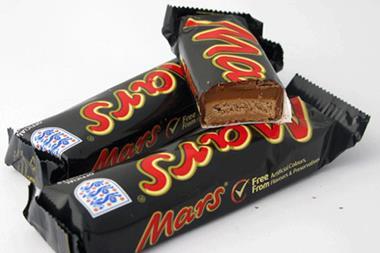

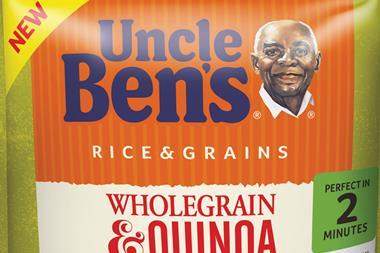
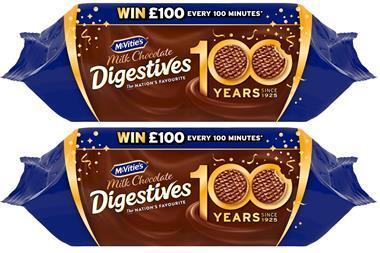






No comments yet